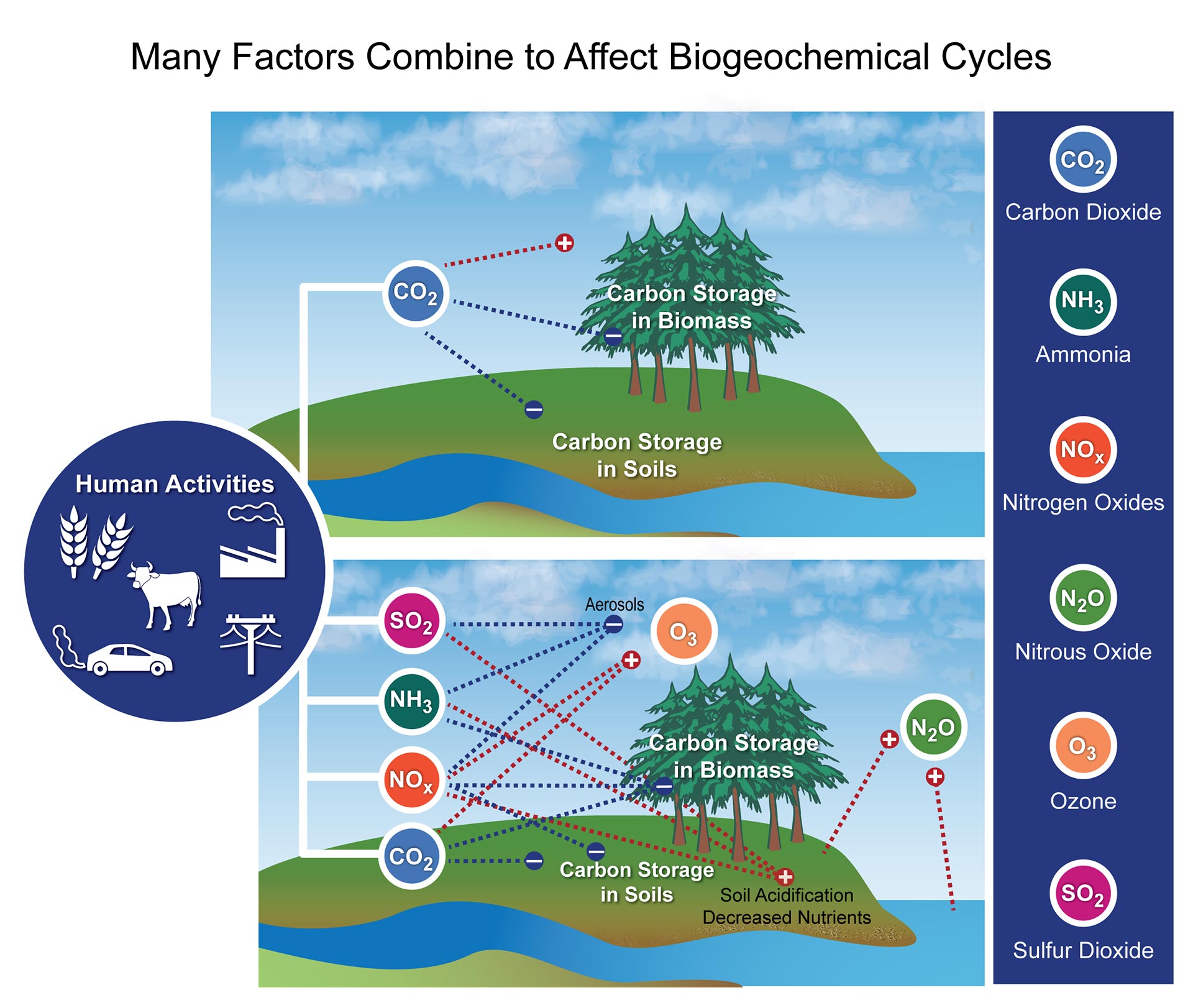

Users will now be able to view, restore and delete previous versions of their files directly in their desktop via File Browser or Mac Finder.

Learn about how you can enable sensitivity labels for Office files in SharePoint and OneDrive. This is one more step to providing you comprehensive protection across documents and emails in Microsoft 365 services. Yesterday, we announced general availability of sensitivity labels with protection for Office files in SharePoint and OneDrive. You can also be assured that the protection will persist with the file throughout its life cycle. Admins can create a sensitivity label and associate protection policies like encryption and visual marking enabling your users to classify and protect organizational data. Sensitivity labels are central to how your business-critical data is protected using Microsoft Information Protection (MIP). Sensitivity labels with protection for Office files in OneDrive & SharePoint Sensitivity labels with protection for Office files in OneDrive and SharePoint.Here are the latest functionalities that landed in production in the month of April-2020. The OneDrive team is hard at work to maintain service uptake as well as roll out features to provide quality product performance and experience. It also found that optimum N rate was high for corn production alone, but could be reduced by rotating the corn with soybean.We hope all of you are taking care of yourselves and staying safe.

The study identifies five potential applications where the model could assist N management, ranging from simulation of N dynamics to climate change impact on optimal N requirement. Site-specific datasets on variables such as landscape factors, weather and prices for fertilizers and crops are also key to achieving the best results.” Sotirios Archontoulis, Assistant Professor in the Department of Agronomy at Iowa State University, USA.Īrchontoulis continues “The study results show that predictions of N fertilizer rates for corn are more accurate when inter-annual variability is taken into account. “We found that long-term experimental data incorporating agricultural, economic and environmental factors are valuable in testing and refining the APSIM model predictions, leading to more accurate predictions of EONR” says co-author Dr.
Nitrogen model agriculture apsim simulator#
These data were used to test the Agricultural Production Systems sIMulator (APSIM), an internationally recognized highly advanced simulator of agricultural systems. Puntel and her international co-authors tackled this problem head on, designing an inter-disciplinary approach using field and experimental data. However, no single technology can make predictions of yield or optimal N fertilizer rates with the required accuracy or precision. Web applications have also been developed including digital soil and weather databases. These include real-time remote sensing, aerial imaging, soil mapping and nitrate testing, crop canopy sensing and measuring chlorophyll levels. To solve this conundrum, many technologies and approaches have been developed to assess the state of agricultural land. Lead author of the study, Laila Puntel, undertaking field work in corn crop production in Midwest USA. This is notoriously complex to calculate due to factors including the soil-plant-atmosphere system, uncertainty in weather and fluctuations in crop and fertilizer prices. The ultimate goal is accurately predicting the economic optimum nitrogen rate (EONR), the amount of nitrogen fertilizer that will provide the maximum economic return to nitrogen added. “A huge challenge in agriculture is predicting the optimal N fertilizer rates which, if fine-tuned, can reduce N losses and increase profits”, explains Laila Puntel, a graduate student and research assistant in Crop Production and Physiology at Iowa State University, USA, and lead author of the study. Corn also requires large nutrient supplements in the form of fertilizer due to its fast-growing, nitrogen hungry characteristics.

This has global relevance for food security and sustainable agricultural practices in light of future climate change scenarios.Ĭorn, also known as maize, is one of the top three staple crops farmed globally with global production predicted to rise from 720.8 million tons in 2015 to 872.9 by 2030, according to the Food and Agriculture Organization. In their study, recently published in Frontiers in Plant Science, they uses a 16-year long-term dataset from central Iowa, USA, with a state-of-the-art simulator that modeled corn and soybean yields, improving predictions of optimal N fertilizer rates for corn. With an innovative modeling approach, researchers set out to examine corn and soybean yields and optimal nitrogen (N) fertilizer rates.


 0 kommentar(er)
0 kommentar(er)
